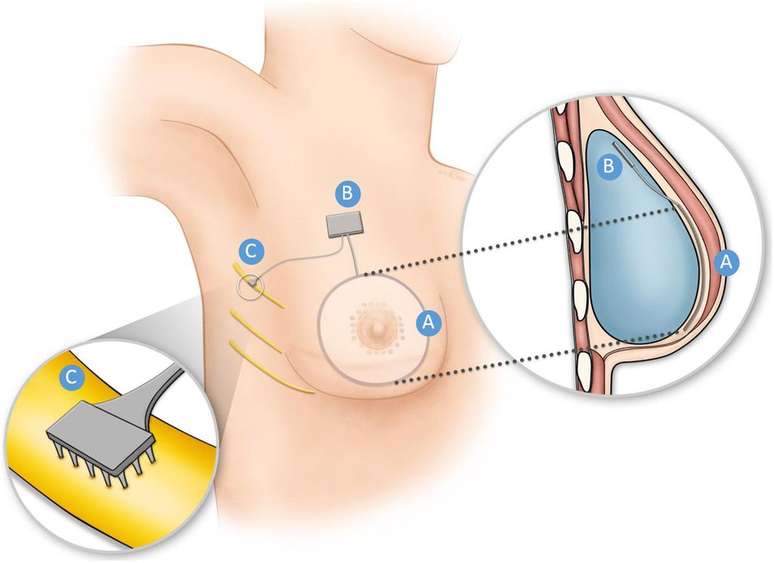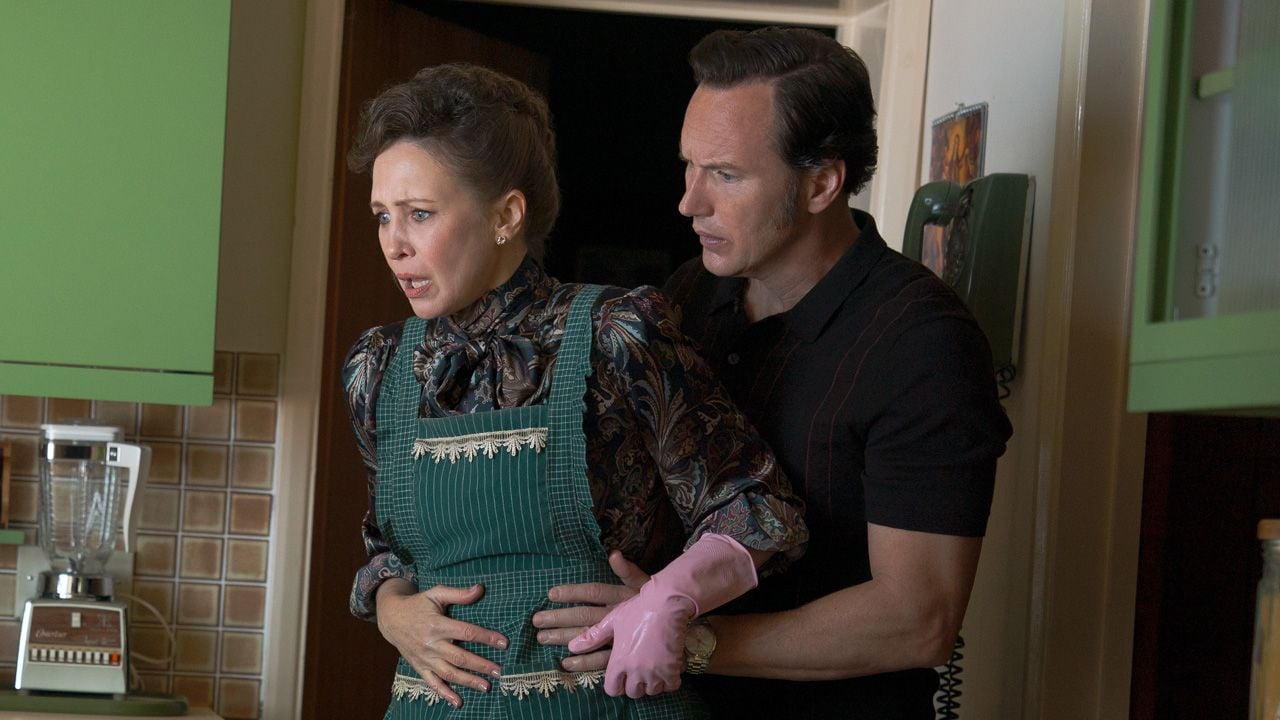Testing technology uses electrodes and nerves in the body to restore touch sensation in breast cancer survivors after reconstructive surgery
New studies focus on the creation of “bionic breasts”, new prostheses which could restore the sensation of touch to survivors breast cancer who had to undergo mastectomies and reconstructive breast surgeries. Hundreds of thousands of women have one or two breasts surgically removed each year to prevent cancer recurrence or as a preventative treatment for people at high genetic risk for the disease.
- Early symptoms of breast cancer may “go unnoticed”; learn to take care of yourself
- Scientists develop prosthetics that work better than a human hand
Reconstructive surgery often includes implants or tissue taken from other parts of the body, but there was no option to restore nerves connected to the breast and nipples as part of the procedure, which was only recently developed. As a result, many patients end up losing the sensation of touch and see a deterioration in the quality of their sexual life, which can have a negative impact on their mental health.

The new breast bionic, still in the testing phasemust be implanted into the skin of the chest and its research has received funding from the US Department of Health and Human Services through the National Institutes of Health (NIH) in the region of 4 million dollars (about R$ 20 million at the exchange rate current rates). ).
How bionic breasts work
The lead scientist on the project is University of Chicago gynecologist and obstetrician Stacey Lindau. To the website Science liveHe said he got the idea after following the recovery from reconstructive surgery of several patients whose sexual and social lives had been compromised.
An example was the inability to feel the warmth and tension of friends’ hugs resulting from the lack of post-operative sensitivity. According to the doctor, the breast is an important sexual organ for many women, and the loss of sensation would, for some, be as bothersome as the loss of the penis for those who have the organ.
The inspiration for the technology came from sensory methods used in other prosthetics, such as bionic arms already present in the medical literature. A description of breasts with sensory capacity was made in 2020, in an article published in the scientific journal Frontiers of neurorobotics.

The idea is to implant artificial pressure sensors under the skin of the reconstructed breast that, when stimulated, would send signals to electrodes positioned under the arms, which would stimulate the intercostal nerves that pass between the ribs. These nerves would send signals to the brain, which would ultimately interpret them as touch.
The team is expected to work on the technology for the next four years, testing the method on eight patients undergoing mastectomy and organ reconstruction to ensure that the bionic pathway is indeed capable of carrying electrical signals to the nerves through the electrodes.
Bioengineers are also working to develop artificial pressure sensors made from polymeric materials whose feel is close to that of breast tissue. It is necessary, for example, to ensure that the sensors do not cause harmful immune responses after implantation.
The researchers hope to use the technology beyond breast cancer patientsbeing able to apply the method to other prosthetic limbs and situations where people end up losing sensory functions, returning touch and the sensation of warmth to those who have not been able to feel it for a long time.
Source: Frontiers of neurorobotics, Neuropsychology, University of Chicago, The breast diary, Breast cancer research and treatment with information from Science live
Trends on Canaltech:
- No, the Nile River hasn’t turned red recently
- The 5 worst Marvel Studios films
- iPhone 11 or iPhone 13 | Which one to buy on Black Friday 2023?
- Tesla threatens to sue customers over Cybertruck resale
- The device promises to sober up a drunk person in minutes
- The Galaxy S24 trio loses in the test units with the new flat design
Source: Terra
Rose James is a Gossipify movie and series reviewer known for her in-depth analysis and unique perspective on the latest releases. With a background in film studies, she provides engaging and informative reviews, and keeps readers up to date with industry trends and emerging talents.







